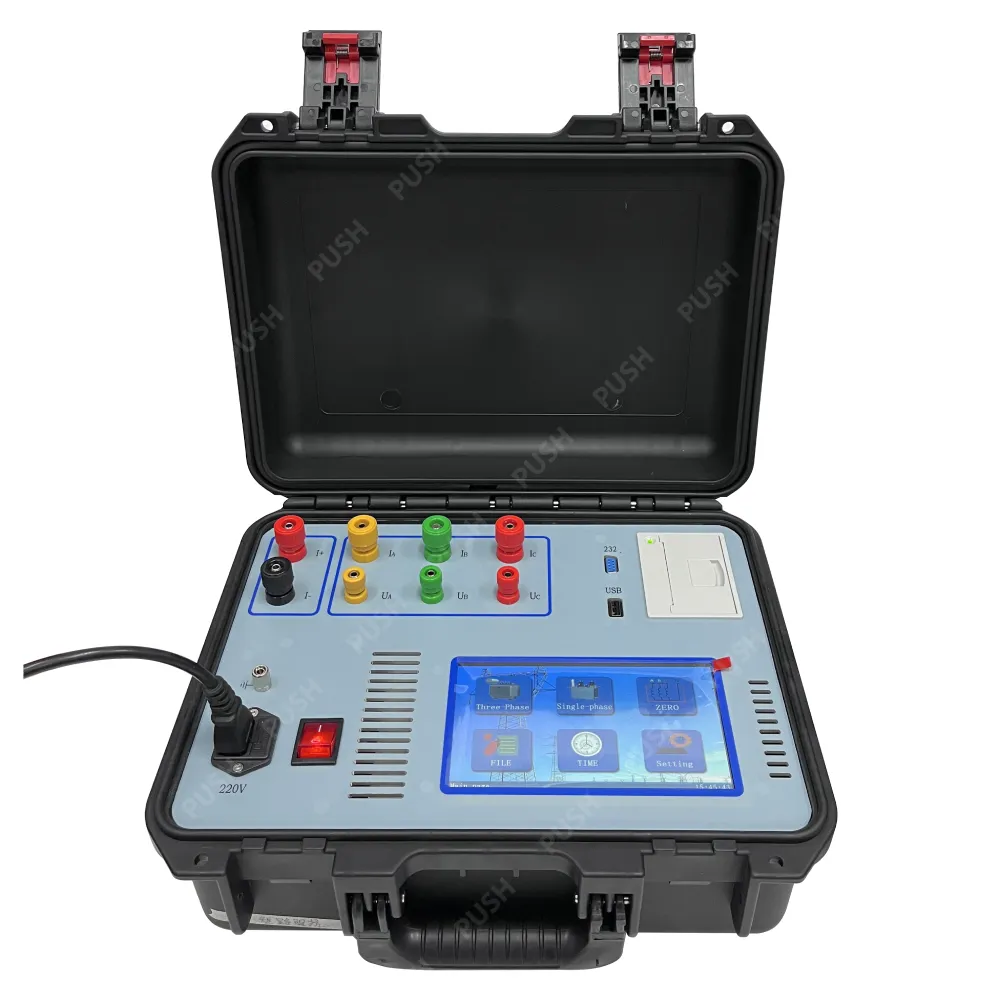 English
English



-
 Afrikaans
Afrikaans -
 Albanian
Albanian -
 Amharic
Amharic -
 Arabic
Arabic -
 Armenian
Armenian -
 Azerbaijani
Azerbaijani -
 Basque
Basque -
 Belarusian
Belarusian -
 Bengali
Bengali -
 Bosnian
Bosnian -
 Bulgarian
Bulgarian -
 Catalan
Catalan -
 Cebuano
Cebuano -
 China
China -
 China (Taiwan)
China (Taiwan) -
 Corsican
Corsican -
 Croatian
Croatian -
 Czech
Czech -
 Danish
Danish -
 Dutch
Dutch -
 English
English -
 Esperanto
Esperanto -
 Estonian
Estonian -
 Finnish
Finnish -
 French
French -
 Frisian
Frisian -
 Galician
Galician -
 Georgian
Georgian -
 German
German -
 Greek
Greek -
 Gujarati
Gujarati -
 Haitian Creole
Haitian Creole -
 hausa
hausa -
 hawaiian
hawaiian -
 Hebrew
Hebrew -
 Hindi
Hindi -
 Miao
Miao -
 Hungarian
Hungarian -
 Icelandic
Icelandic -
 igbo
igbo -
 Indonesian
Indonesian -
 irish
irish -
 Italian
Italian -
 Japanese
Japanese -
 Javanese
Javanese -
 Kannada
Kannada -
 kazakh
kazakh -
 Khmer
Khmer -
 Rwandese
Rwandese -
 Korean
Korean -
 Kurdish
Kurdish -
 Kyrgyz
Kyrgyz -
 Lao
Lao -
 Latin
Latin -
 Latvian
Latvian -
 Lithuanian
Lithuanian -
 Luxembourgish
Luxembourgish -
 Macedonian
Macedonian -
 Malgashi
Malgashi -
 Malay
Malay -
 Malayalam
Malayalam -
 Maltese
Maltese -
 Maori
Maori -
 Marathi
Marathi -
 Mongolian
Mongolian -
 Myanmar
Myanmar -
 Nepali
Nepali -
 Norwegian
Norwegian -
 Norwegian
Norwegian -
 Occitan
Occitan -
 Pashto
Pashto -
 Persian
Persian -
 Polish
Polish -
 Portuguese
Portuguese -
 Punjabi
Punjabi -
 Romanian
Romanian -
 Russian
Russian -
 Samoan
Samoan -
 Scottish Gaelic
Scottish Gaelic -
 Serbian
Serbian -
 Sesotho
Sesotho -
 Shona
Shona -
 Sindhi
Sindhi -
 Sinhala
Sinhala -
 Slovak
Slovak -
 Slovenian
Slovenian -
 Somali
Somali -
 Spanish
Spanish -
 Sundanese
Sundanese -
 Swahili
Swahili -
 Swedish
Swedish -
 Tagalog
Tagalog -
 Tajik
Tajik -
 Tamil
Tamil -
 Tatar
Tatar -
 Telugu
Telugu -
 Thai
Thai -
 Turkish
Turkish -
 Turkmen
Turkmen -
 Ukrainian
Ukrainian -
 Urdu
Urdu -
 Uighur
Uighur -
 Uzbek
Uzbek -
 Vietnamese
Vietnamese -
 Welsh
Welsh -
 Bantu
Bantu -
 Yiddish
Yiddish -
 Yoruba
Yoruba -
 Zulu
Zulu
Understanding Tap Change Mechanisms in Transformers for Voltage Regulation
Understanding Tap Change in Transformers
Transformers are essential components in electrical power systems, facilitating the transmission and distribution of electricity at various voltage levels. Among the key features that enhance their functionality is the tap changer, an integral device that allows for adjustments in the transformer's voltage ratio. This article delves into the concept of tap change in transformers, its types, operational principles, and significance in modern electrical networks.
What is a Tap Changer?
A tap changer is a mechanism located on the primary winding of a transformer that enables the adjustment of the turns ratio by selecting different voltage levels. This control is crucial for managing voltage variations that occur in power systems due to load changes, seasonal variations, and other dynamic factors. The ability to modify the output voltage ensures that consumers receive a stable and consistent electrical supply.
Types of Tap Changers
There are generally two types of tap changers used in transformers On-load tap changers (OLTC) and Off-load tap changers (OLTC)
.1. On-load Tap Changers These devices allow for voltage adjustments without interrupting the power supply. They can switch taps while the transformer is energized, making them ideal for maintaining voltage stability under varying load conditions. On-load tap changers are commonly employed in large power transformers and substations, where continuous operation is crucial.
2. Off-load Tap Changers In contrast, off-load tap changers require the transformer to be de-energized to make changes to the tap setting. They are generally used in smaller transformers or in applications where changes are infrequent. While they are simpler and less expensive, their inability to operate under load makes them less versatile than on-load tap changers.
Operational Principles
tap change in transformer

Tap changers work based on the principle of selecting different points along the winding of the transformer. Each tap corresponds to a specific voltage level, and the tap changer connects the transformer circuit to one of these taps as needed. In on-load tap changers, sophisticated mechanisms, often involving motorized drives and control systems, facilitate automatic or manual adjustments based on real-time voltage measurements.
The adjustments made by tap changers can be either step or continuous. Step changes involve moving between predefined voltage levels, while continuous changes provide finer control over the voltage output. The choice between these methods depends on the application requirements and the design of the transformer.
Significance of Tap Change in Transformers
The ability to adjust voltage levels using tap changers is vital for numerous reasons
- Voltage Regulation Tap changers help maintain a steady voltage despite fluctuations in load conditions, preventing issues such as under-voltage or over-voltage scenarios. - Load Management By optimizing voltage levels, tap changers contribute to effective load management, enhancing the efficiency of the entire power system.
- Enhanced Equipment Longevity Proper voltage regulation reduces stress on electrical equipment, extending the lifespan of transformers, generators, and other devices connected to the power system.
- Improved Power Quality Stability in voltage contributes to better power quality, mitigating the risk of equipment malfunction and ensuring consumer protection.
In conclusion, tap changers play a pivotal role in the reliable operation of transformers within the electrical grid. By facilitating voltage adjustments in real time, they ensure that power systems can adapt to the dynamic demands placed upon them. As the energy landscape continues to evolve with new technologies and increasing demand, the importance of effective voltage regulation through tap changers remains paramount for a resilient and efficient electrical infrastructure.
-
Testing Equipment Industry Sees Major Advancements in 2025: Smart & Precision Technologies Lead the WayNewsJun.06,2025
-
Applications of Direct Current Generators in Renewable Energy SystemsNewsJun.05,2025
-
Hipot Tester Calibration and Accuracy GuidelinesNewsJun.05,2025
-
Digital Circuit Breaker Analyzer Features and BenefitsNewsJun.05,2025
-
Benefits of Real-Time Power Quality Monitoring Devices for Industrial EfficiencyNewsJun.05,2025
-
Earth Fault Loop Testing in High-Rise Building Electrical SystemsNewsJun.05,2025



